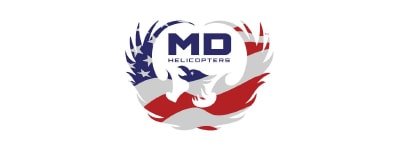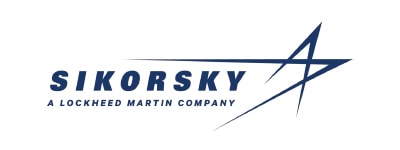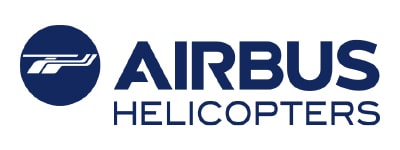
What Our Clients Are Saying...
Helicopters are very versatile aircraft used for a wide range of operations that come with their unique risks. As a result, helicopter insurance is highly personalized. There is no standard, formal aviation policy used nationwide. Carriers may or may not offer similar policies, as different policies often have unique wording and requirements. We will help you choose one that best fits your specific needs.
Helicopter Insurance Coverage Highlights
- Personal use
- Commercial
- Non-owned aircraft
What is Covered under Helicopter Insurance?
Helicopter insurance is divided into hull and liability insurance.
Helicopter Liability Insurance
Helicopter liability insurance provides coverage against property damage, injury, or loss to third parties. This includes damages or losses of cargo, baggage, buildings, and other property and injury or loss of lives of third parties.
Factors that influence liability limits include:
- Pilot Experience
- Minimums as required by law in the state/country of operation
- Aircraft type
- Type of aircraft operation (Part 91/121/135, etc.)
- Number of passengers or type of cargo carried
- Helicopter size (as measured by maximum take-off weight)
- Number of flying hours per year
- Purpose of Use
Helicopter Hull Insurance
The hull value of a helicopter is typically based on an agreed value, which is often a close representation of the market value at that time. Hence, in the event of a total loss, your helicopter insurance provider will pay the agreed value, not the current market value.
Hull insurance is one of the oldest forms of insurance. It originates from the marine term ‘hull,’ which refers to the ship’s main body or vessel. It provides coverage against risks to the aircraft while on the ground or in flight. Such risks include hijacking, hangar rash, fire, pilot error, and total hull loss during accidents.
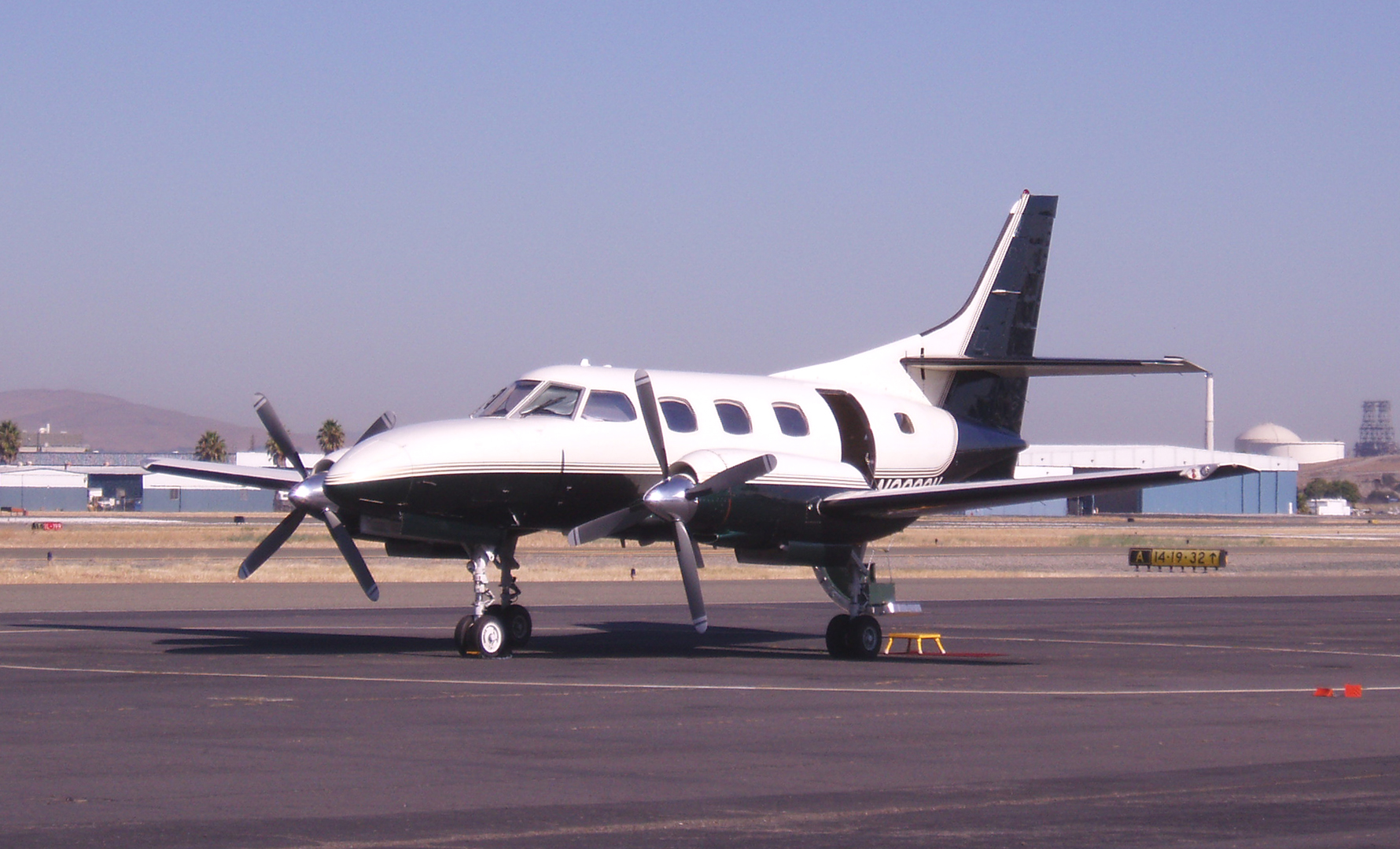
Premium Breakdown
For a policy that combines both hull and liability coverage, hull usually accounts for 70% to 85% of the total policy. This means liability makes up 15% to 30% of the policy premium. Your specific premium usually depends on several factors, with pilot training and experience being the most important. Other factors include:
- Aircraft make and model
- Age of the aircraft
- Claims
- Aircraft use
- Number of seats (passenger-carrying capacity)
- Helicopter storage and maintenance
Helicopter Liability Coverage Options
Many helicopter liability limits, like Airbus helicopters, range from $10,000,000 to $20,000,000 and above. Depending on several factors, the limit may go up to $100,000,000.
But generally, liability coverage and its cost depend on the pilot’s experience and the risk of the operation. In a challenging market, helicopter insurance companies will cap their limits to reduce their exposure and avoid financial hardship, as their priority is protecting their assets.
What are Common Options for Hull Coverage?
The best coverage option for hull insurance is to insure the helicopter for a full flight and the bluebook value. Setting a realistic agreed value is essential because an underinsured or overinsured aircraft will lead to moral risk.
If you underinsure your aircraft, in the event of a loss, the insurance company may decide to declare the loss uneconomical to repair and only pay the agreed value below the value of the helicopter. However, if it is over-insured, the insurer may decide to repair the helicopter when it should have been written off as a total loss.
Already Have Hull & Liability Insurance?
One of the most common questions we are asked as helicopter insurance brokers is, “If I already have insurance on my aircraft, can any other broker offer me a quotation? Or am I locked in with my current broker?”
The straight answer is that once you obtain a quote from one broker, you are locked in and can’t get a quote from another insurance broker. This is why it’s essential to choose your broker carefully. Always go for one with access to all aviation insurance carriers to have more options.
Unlike automobiles or most other types of insurance, the aviation insurance industry is small. Recently, some underwriters have entered the industry, with about 18 underwriters in total. So, underwriters don’t want to waste time and money quoting the same aircraft to several brokers.
Hence, once your current broker submits to an insurance company within a 90-day renewal period, other brokers are blocked from offering that same quotation. The underwriter only recognizes the first broker that contacts them.
But you can demand an insurance company to recognize a different broker by signing a Broker of Record letter. Signing this letter will terminate your previous broker involvement. However, note that the company will still give the same quote to the new broker.
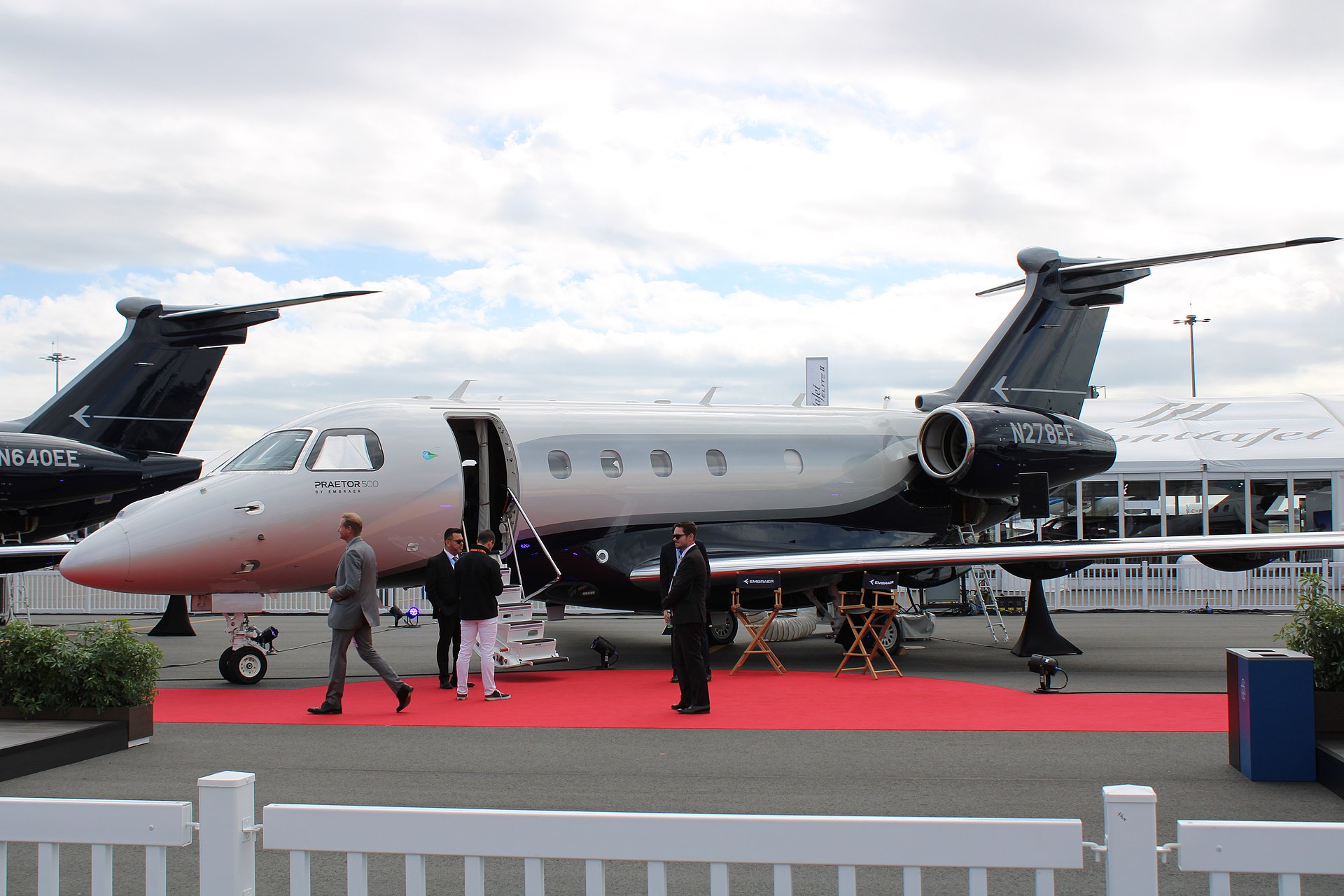
Questions to Provide Your Insurance Company
Underwriters’ main concern is making a profit. As a result, they won’t just quote any hull and liability limit. They consider several factors to take a much more controlled and hands-on look at an aircraft hull liability insurance policy.
Who owns the company?
They will need to know who owns the Limited Liability Company, that is, if you purchase the helicopter under an LLC. What are the names and percentages of ownership?
What is the effective date or renewal date of your policy?
Aviation Insurance companies don’t like to quote an aircraft when there’s an existing policy unless it’s coming up for renewal. So, your renewal is the time to negotiate these terms, not mid-term.
What are the details of the operation? Are there dry leases? Is there any non-owned exposure when the insured is flying other aircraft?
To provide accurate helicopter insurance rates, the underwriter needs to know how many hours the aircraft flies per year. What is the average number of passengers riding with you? Is there any international exposure? Where does the aircraft typically fly to?


